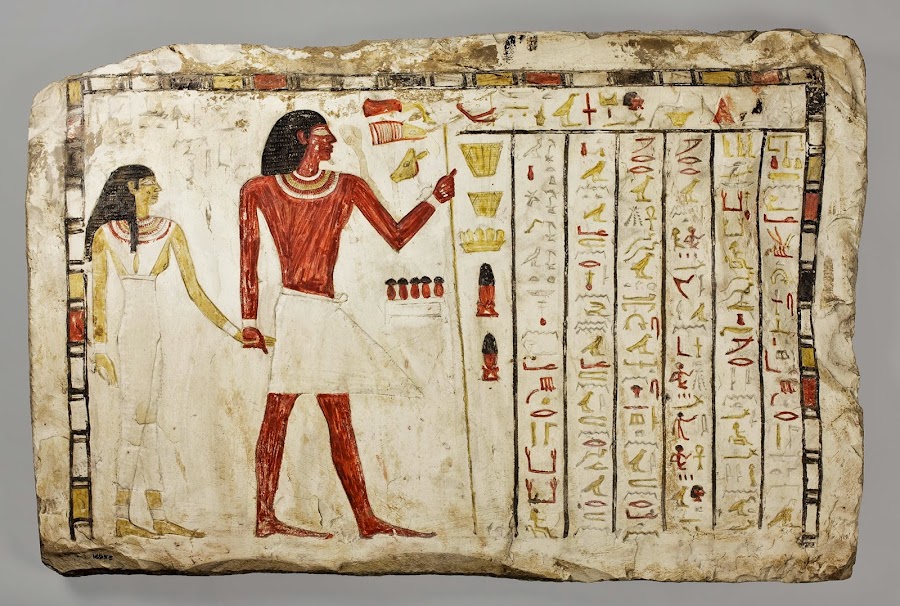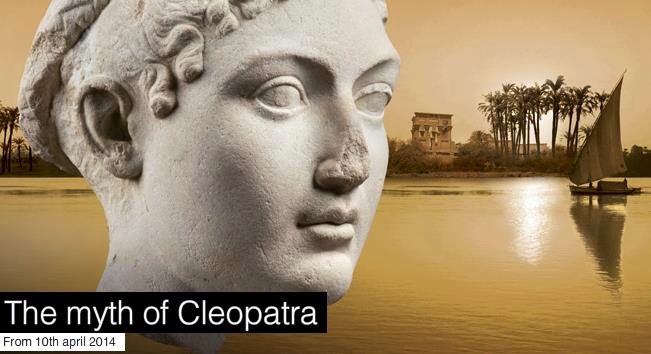ShowBusinessMan [Search results for Ancient]
Beyond El Dorado: Power and gold in ancient Colombia

Exhibition at Oriental Institute shows how ancient cultures commemorated the dead

Ancient games: an Olympic factfile

Ancient fighting single combat
Ancient Sicily offers a glorious guide to classical Europe

Aristotle’s Lyceum in Athens almost ready to open to public
The Greeks – Agamemnon to Alexander the Great exhibition to be presented in Montréal

Sicily. Art and Invention Between Greece and Rome at the J. Paul Getty Museum, Getty Villa

Meet the archaeologists making ancient rock art into 3D reality

Greek Relief from Archaeological Museum of Athens goes on view at Getty Villa

'Unearthing Arabia: The Archaeological Adventures of Wendell Phillips' at the Freer and Sackler Galleries

The myth of Cleopatra at Pinacotheque de Paris

Riace Bronzes to return to Reggio Calabria museum

Angry 'gladiators' climb Colosseum in Rome protest

Swedish Museum exhibit allows visitors to virtually unwrap mummies

The horse: from Arabia to Royal Ascot at The British Museum

'Fragments of Humanity: Archaeology in Québec' at Pointe-à-Callière, Montreal

The Vikings Exhibition at Discovery Times Square, NY

The Indian Toys

For some Men of the Woman there is a Vagina


